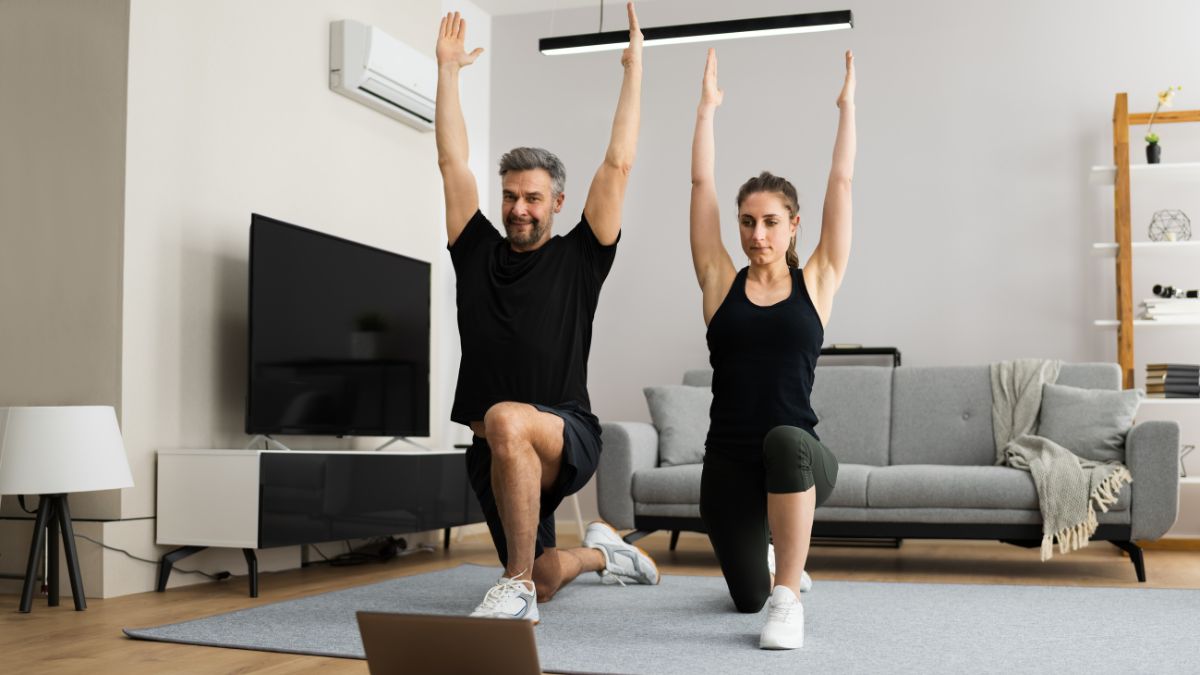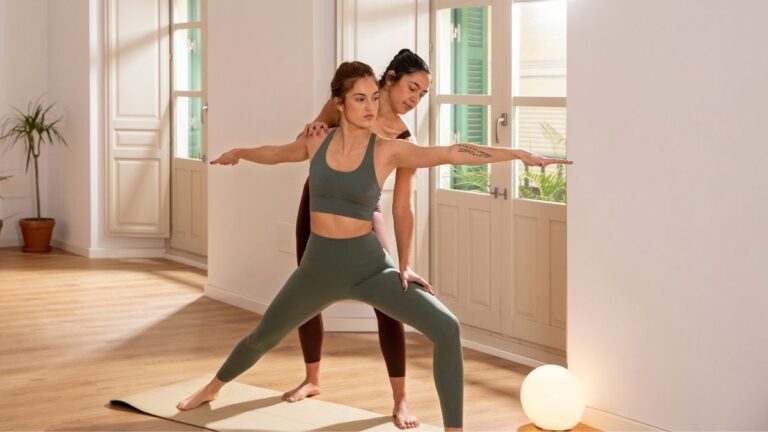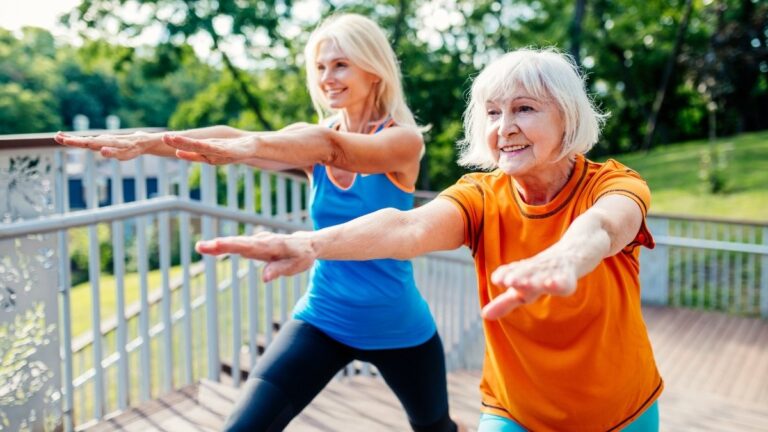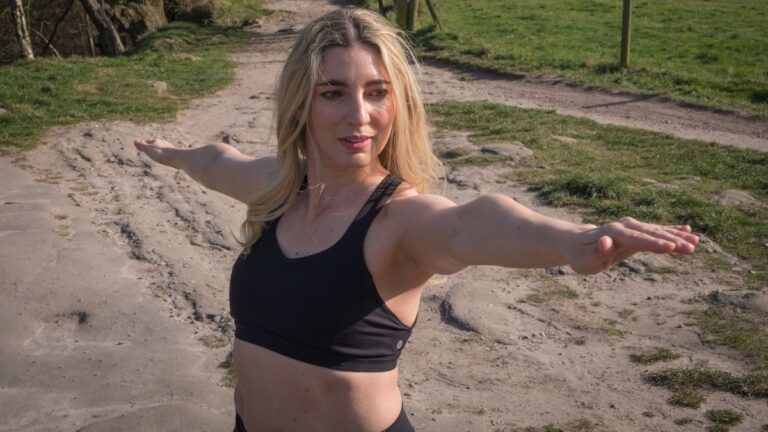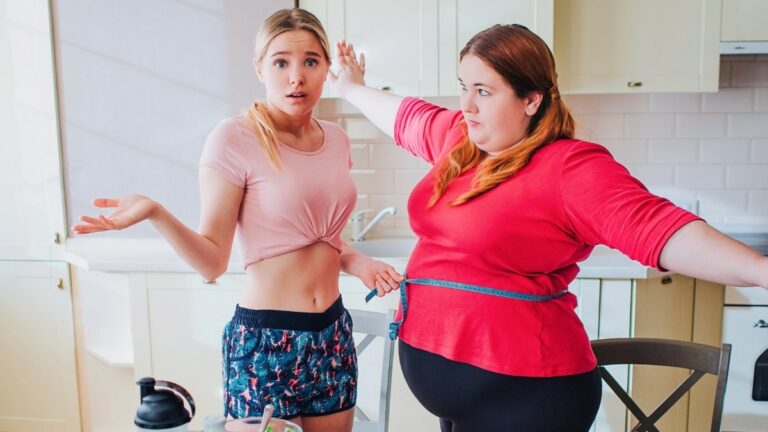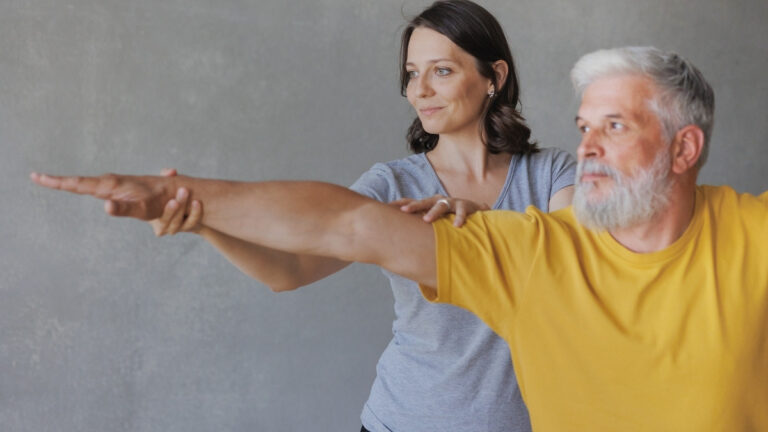Sneaky Senior Secret: Get Spring-Ready in 22 Minutes With This Fun, No-Outdoor-Needed Walking Workout!
Spring is just around the corner, but you don’t need to step outside to get ready for it! If you’re a senior looking to shed some winter sluggishness, this quick 22-minute walking workout will do wonders without leaving your home.
You’ll feel energized, refreshed, and ready to embrace the season, all while having fun.
No need for fancy equipment or outdoor gear – just a little space, some motivation, and a desire to move. Ready to step into spring? Let’s get moving!
Complete the following twice:
- Brisk walk: 2 minutes (~200-250 steps)
- Fast-paced heel-to-toe walk: 1 minute (~120-150 steps)
- Brisk walk: 2 minutes (~200-250 steps)
- Side lunges: 1 minute (~100-120 steps)
- Brisk walk: 2 minutes (~200-250 steps)
- High-knee march: 1 minute (~120-150 steps)
- Brisk walk: 2 minutes (~200-250 steps)
1. Proprioception-Boosting Heel-to-Toe Walks
Heel-to-toe walking mimics the balance challenge of tightrope walking, making it a great exercise for improving spatial awareness and coordination.
By training your body to move with intention, this exercise reduces the risk of falls and enhances your balance.
With every step, you’re teaching your muscles to engage and move precisely, which can lead to smoother, more controlled movements in daily life.
Tips:
- Focus on slow, deliberate movements to engage all the stabilizing muscles.
- Practice on a variety of surfaces for added challenge.
- Incorporate heel-to-toe walking into your daily routine to make balance second nature.
2. Lateral Step Amplification with Dynamic Side Lunges
Adding side lunges to your walking routine incorporates lateral movement, which is often overlooked in many fitness regimens.
This exercise strengthens the inner thighs and glute medius, muscles essential for maintaining hip stability.
The extra movement not only increases your step count but also improves your overall mobility and flexibility.
Tips:
- Keep your knees aligned with your toes during lunges to avoid strain.
- Maintain a controlled pace when performing lunges for better muscle activation.
- Gradually increase the number of side lunges as you build strength.
3. Cognitive Double-Tasking for Step Consistency
To increase the consistency of your steps, combine physical activity with cognitive challenges like counting backward or reciting a song.

This approach tricks your brain into maintaining focus and energy longer, preventing mental fatigue.
By multitasking, you increase the mental and physical endurance required to complete more steps.
Tips:
- Start with simple tasks and gradually make them more complex as you get comfortable.
- Practice with friends or in a group to add an element of social fun.
- Ensure the cognitive task doesn’t cause too much distraction, making it counterproductive.
4. Pulse-Paced Transitions (No Rest, More Steps)
Skip the traditional rest breaks and instead use micro-bursts of side lunges to keep your heart rate elevated during transitions.
By continuously moving, you turn downtime into productive intervals, boosting your step count while keeping your muscles engaged.
This method encourages endurance and helps maintain momentum, making your workout more efficient.
Tips:
- Keep the lunges brisk to maintain the elevated heart rate.
- Alternate between side lunges and other movements to prevent muscle fatigue.
- Focus on your breathing to ensure you’re not overexerting yourself.
5. Posture-Perfected Step Efficiency
By focusing on your posture during heel-to-toe walking, you optimize the use of your core and spine alignment.
This reduces energy wastage and improves walking efficiency, allowing you to cover more distance in less time.
Maintaining good posture while walking helps protect your joints from unnecessary stress, making it easier to walk faster and longer.
Tips:
- Engage your core throughout the entire walk to keep your posture in check.
- Imagine your head being pulled gently upward to maintain spinal alignment.
- Keep your shoulders relaxed to prevent tension from building up in your upper body.
Final Thoughts:
Incorporating these unique movement strategies into your daily routine can significantly boost your step count, balance, and overall mobility.
Whether you’re focusing on proprioception, cognitive tasks, or efficient movement, each approach offers distinct benefits for your physical and mental well-being.
Consistency is key, so make sure to integrate these techniques gradually and stay mindful of your form to prevent strain and maximize results. Keep challenging yourself with these exercises to build a stronger, more efficient walking pattern that enhances both body and mind.


